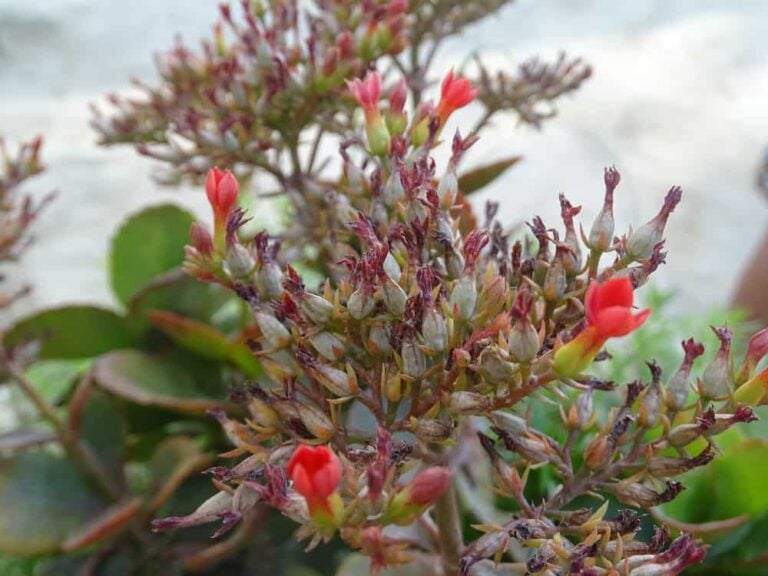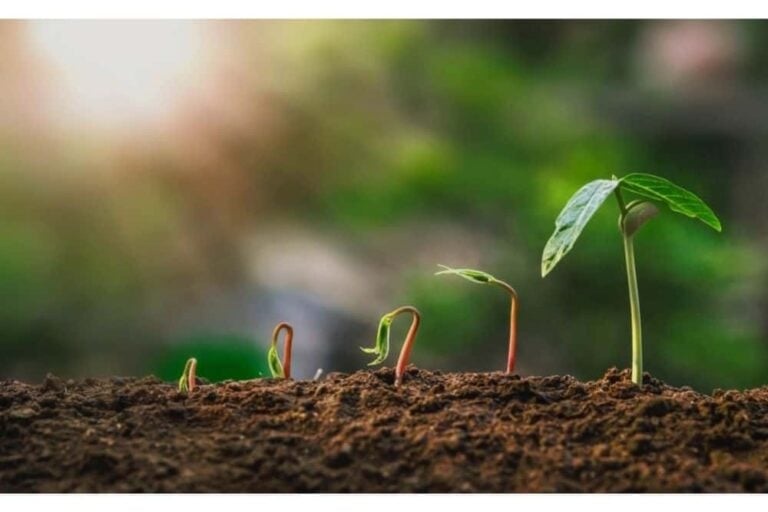Finding the Best Pond Plants for Your Pad
Our recommendations for the best pond plants are Water Hyacinths and Bloomsz Marginal Bog Plant Mini Cattail. We opted for plants that would add interest to our pond with the goal of creating a natural feel. Our choices include both floating and emergent plants to take care of the pond and its edges. If you want more great pond plant candidates, read on for our comprehensive list.
Our Top Picks for the Best Pond Plants
[wptb id="8314" not found ]What You Need to Know about Having a Pond
People are naturally drawn to water. There’s something so relaxing about hearing water rushing over rocks. Installing a pond in your yard can add interest and appeal to your landscaping. And it isn’t hard to do. If you’ve ever had an aquarium, you have the basics down to set up a pond. All you need is a container for water, and you’re well on your way.
Site Location
Take your time deciding on the right site. It plays a major role in whether you’ll have success with your aquatic pond. A sunny location offers the best option. Remember, light has to penetrate through the water for plants to undergo photosynthesis and to make food and energy. You should also place your pond away from trees and shrubs, especially messy ones like maples.
Leaves, seeds, and fruits from these types of trees will wreak havoc on your pond. You’ll end up spending a lot more time trying to keep it clean than you might want. You can’t skip this bit of maintenance. Decaying vegetation will affect the water quality, and thus, the health and longevity of your pond plants. If you have fish in your pond, you might end up losing them too.
Pond Setup
You can dig a hole for a pond and use a liner for water retention. The advantage of this setup is you can control the size of the space. You may also find it a more affordable option. It gives you more flexibility with plant selection. On the other hand, it’s hard work. And if things don’t work out, you’ll have another problem on your hands restoring the site back to what it was before.
Your other option is a container. You can use a plastic tub, barrel, or any other kind of decorative, watertight container for a potted pond. It’s an excellent opportunity to add an element that will match the theme of your landscaping. It is less labor-intensive to install. But, you may find it’s more expensive, depending on your choice. Remember, the container isn’t the only thing you’ll need.
Filter System
You’ll also need a water filter system. It is essential for maintaining good water quality for your plants. It will help keep it clean, of course. However, it will also help prevent the development of algae. When you have a pond, algae happens. What you don’t want is for it to take over your pond and cloud the water. That can prevent sunlight from reaching submerged plants.
This informative video from the University of Illinois Extension discusses how to manage your water garden landscaping from the liner to plant selection.
Types of Aquatic Plants
The benefits of aquatic plants are hard to deny. They add an aesthetic beauty unmatched by other plants. In a pond, they stabilize the bottom surface to keep the water clear for plants and wildlife. They can also prevent algae by using the nutrients that would fuel an explosion of unwanted plant growth. They provide habitat and food for organisms from insects to birds.
There are three groups of aquatic plants: floating, submerged, and emergent. The name refers to their placement in a pond. As a general rule of thumb, plan on covering no more than 60 percent of your pond’s surface so that light can penetrate into the water. It will also allow for plenty of area for gas exchange between the water and the air above. These things mean a healthy pond.
Floating Plants
Floating plants include familiar varieties like the waterlily. As the name implies, they float on the surface of the water. While they add a certain natural foliage look to a pond, you’ll be better off steering clear of plants like duckweed which can easily overtake a pond. This plant grows until the surface is covered, aquatic plants will die off, creating a vicious cycle of poor water quality and dead vegetation.
Submerged Plants
These plants grow underwater with root systems that penetrate the pond floor. They are a diverse collection of plants. You might recognize a few of them if you’ve ever had a fish tank. They include plants such as hornwort, elodea, and bladderwort. These plants fare best in water that is less than three feet deep. Even though they’re submerged, they still need sunlight.
Emergent Plants
These plants lead a double life both in and out of the water. They often live at the edge of ponds, standing in shallow water. The majority of these plants live above the surface. They include familiar varieties like cattails and arrowhead. They make excellent additions to a home pond as marginals to create a natural look. They will also stabilize the shores to prevent erosion.
Choosing Plants for Your Pond
When selecting aquatic plants, you need to keep a few things in mind. Remember the amount of surface area you need to maintain. You’ll find it harder to control aggressive plants in a smaller space. Speaking of aggressive, you should avoid adding a plant that can create problems if they escape into the wild. Plants like purple loosestrife may look pretty, but don’t be fooled.
These plants can quickly overtake a wetlands and out compete native plants with their hardiness. The problem is that these invaders offer little value for wildlife. They displace food sources and endanger local plant populations. Many plants are so invasive that the USDA classifies them as noxious plants and harmful weeds. They rarely stay where you plant them. They’ll invade adjacent waterways too.
Our Recommendations: Water Hyacinths and Bloomsz Marginal Bog Plant Mini Cattail
Water Hyacinths are the quintessential choice for a pond or water garden. Their gorgeous blooms add a stunning bit of color. We liked the fact that they give a pond almost a Zen-like feel that creates a delightful, relaxing atmosphere. They’re relatively slow growing and will fare well in shallow ponds. They create good habitat for fish if you’re looking to add some to your pond.
The Bloomsz Marginal Bog Plant Mini Cattail stood out for us because we thought it was so cute. We loved the idea of having cattails in our pond in a miniature form. We were also impressed by the fact that it is a winter hardy plant for Zone 6 or warmer. Like other aquatic plants, it provides good habitat, so our pond can benefit wildlife as well.
You can grow aquatic plants whether you’re putting them in a container on the patio or in a fish pond in your yard. They add color and atmosphere to any landscape design. Many plants like cattails and waterlilies provide wildlife habitat. With a pond, you can create a living garden that only adds to its beauty and charm.



